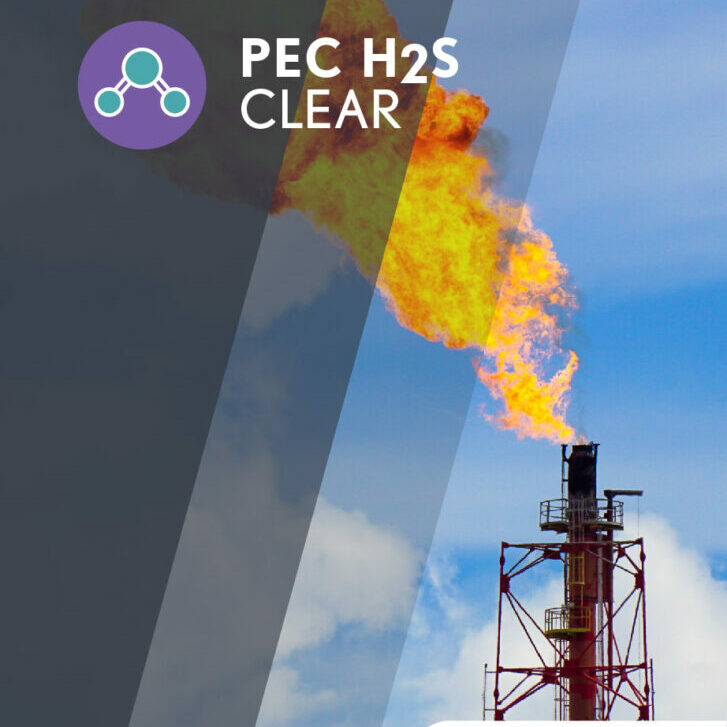PEC H2S Clear
Course Description
Length: 4 hours
Delivery Method: Instructor-led
Refresher Needed: Per ANSI/ASSE Z390.1-2017 Standard, Training is Required Annually
PEC H2S Clear was designed to improve employee safety for general industry workers who may potentially come in contact with hydrogen sulfide in the workplace. This program meets the revised standards set forth in the ANSI/ASSE Z390.1—2017 and incorporates all of the benefits of a PEC Safety standardized training program. PEC H2S Clear will provide students with crucial knowledge of the dangers of H2S and the precautions, tools and controls necessary when working in potential H2S environments.
Standards Covered
- ACGIH’s New TLV
- ANSI/ASSE Z390.1-2017
- API RP 49
- API RP 55
- MMS 250.490
- The Railroad Commission of Texas
Upon completion of the course, all students are issued a physical and digital PEC ID card with their name, company name, picture, barcode, and completed course. All students are automatically entered into PEC’s Advanced Training Tracker where your company’s clients and auditors can view proof of employee orientation.
Course Components
- Buddy System
- Burning, Flaring and Venting
- Characteristics of Hydrogen Sulfide
- Chemical Properties
- Corrective Actions and Shutdown Procedures
- Dispersion Models
- Effects of Hydrogen Sulfide on Metals
- Emergency Response and Evacuation
- Emerging Technology
- Engineering Controls
- First Aid and Post-Exposure Evaluation
- Hydrogen Sulfide in Confined Spaces
- Hazard Communication for Hydrogen Sulfide
- Hazards of Hydrogen Sulfide and Sulfur Dioxide
- Health Effects
- Ignition Sources
- Methods for Detecting and Monitoring
- Operation of Safety Equipment and Life Support Systems
- Personal Protective Equipment
- Physical Properties
- Process Safety Management of Highly Hazardous Chemicals
- Rescue Techniques
- Respiratory Protection
- Sources of Hydrogen Sulfide
- State and Federal Regulatory Requirements
- Transportation
- Ventilation
- Warning Signs
- Warning Systems
- Well Control (Drilling Operations)
- Wind Direction
- Work Procedures

